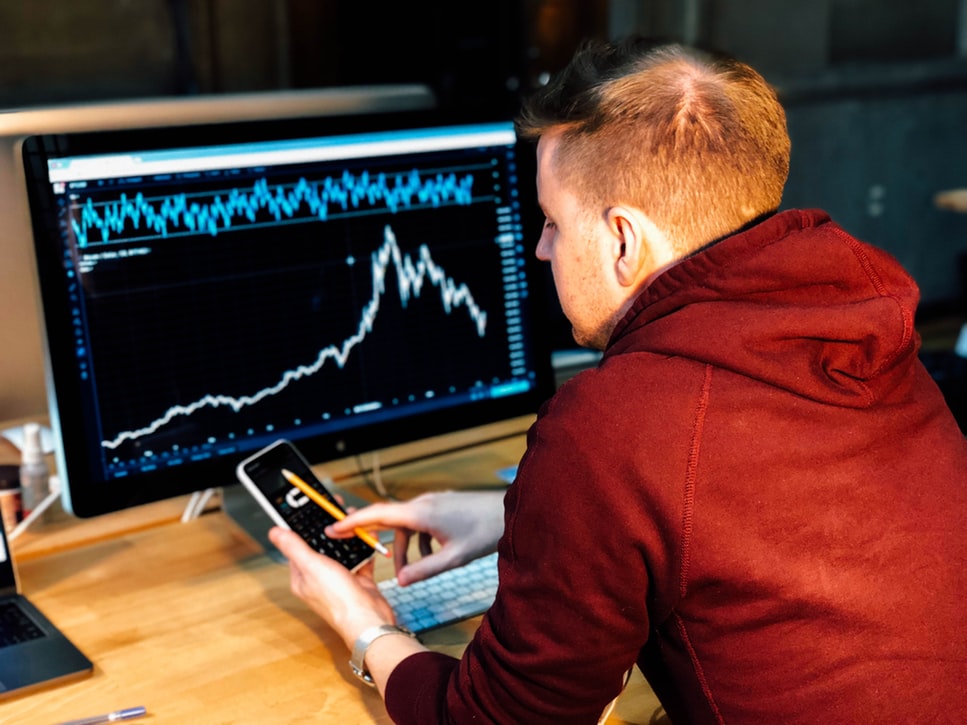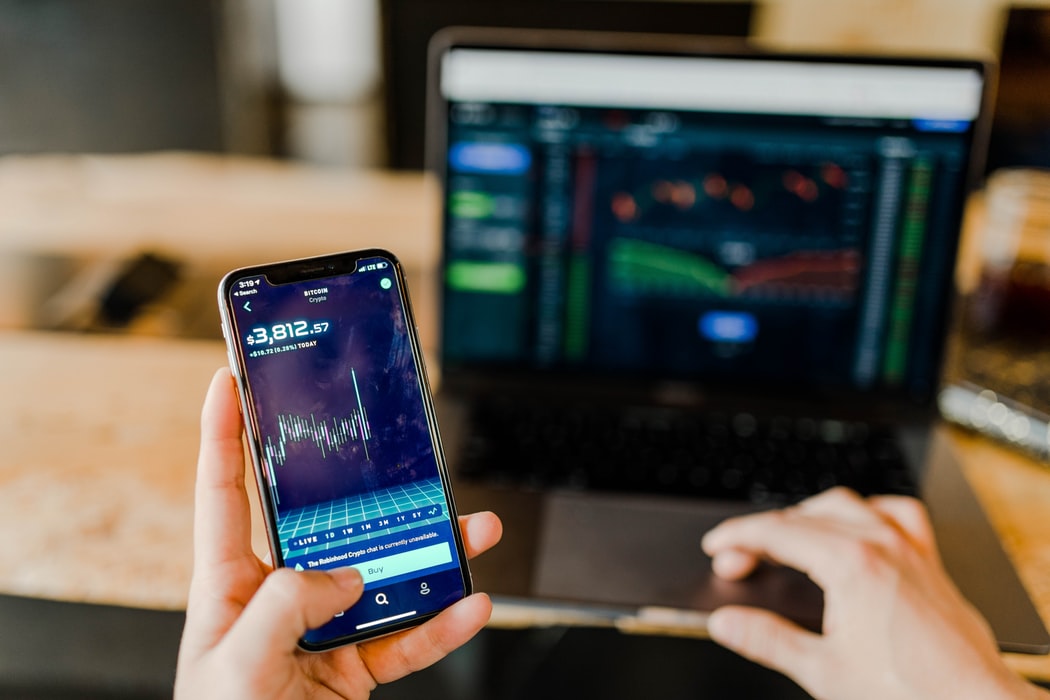
Most personal finance software packages can be accessed from your computer or your phone
Wherever you look nowadays, it’s hard to escape media stories of the rising cost of living and people acquiring larger quantities of debt. It can seem that the majority of people are finding themselves with ever-increasing amounts of the month left at the end of their money. A stark change from decades gone by.
Debt as a Short-Term Solution
To make their money last longer, people are regularly turning to debt to plug the hole in their cashflow. This can be problematic, particularly in the long term.
Martin Lewis, the legendary Money Saving Expert, regularly states that “debt is not bad, only bad debt is bad”. What he means by this is that debt can be a useful tool for getting somewhere in life. For example, a mortgage is one of the most effective ways to buy a house if you don’t have hundreds of thousands of dollars in the bank.
The way to avoid bad debt, which is unaffordable, is to manage your finances like a pro. While some circumstances may make it almost impossible to balance your finances, management of your spending will help to stack the cards in your favour.
Why Do We Need to Avoid Bad Debt?
Good debt can help us buy things that we don’t have the cash for. Bad debt, however, can be a drag on our long term financial health. The average American spends over $900 per year on credit card interest.
This additional expense means that we cannot save and invest to earn interest and grow our net worth. This is reflected by the fact that total interest paid to banks is up 35% in the last five years, showing that many Americans have fallen into this debt trap.
Spend What You Can Afford
One of the simplest ways to manage your money is to only spend what you have (there can be some exceptions to this rule when you’re considering big purchases like houses or cars). This is not a radical or new method; it’s about as old as money itself.
Setting and sticking to a budget is important in all domains of life. Entire countries draw up budgets each year, as do businesses. It’s also a technique used by people who enjoy frequenting both land-based and online casinos.
For example, when playing slot machines online, they will set an exact budget for each session, let’s say $50, and then only spend that amount. It might be tempting to go over the budget once in a while, but it’s vital to stick to your guns, especially if you have other significant expenses to take care of.
By the same token, proper personal financial management starts with setting a budget for your spending and diligently controlling it. To do it right, you may download one of many financial apps available on mobile platforms.
They’ll allow you to track each cent that leaves your bank account, and find out where you tend to overspend. Keeping your finger on your financial pulse is indeed one of the best ways to save a few hundred dollars each month.
Monitor Your Finances to Stay Ahead
The famous 20th-century management consultant, Peter Drucker, once said: “what gets measured gets managed.” While he was referring to the topic of business, the approach can be applied to our finances too.
Regardless of how you spend your money, whether you buy video games, tickets to concerts or enjoy travelling, it is essential to track where exactly your funds go. In essence, if you measure how you spend your money, you can guarantee a successful financial future for you and your family.
Despite the importance of budgeting and monitoring our personal finances, only 33% of Americans keep a household budget. If more did, they would be able to use their budget to find ways to cut unnecessary expenses and increase savings.
Old School Methods of Managing Money
The traditional way of keeping track of your spending was to “balance your chequebook”. Typically, banks would print several pages of empty tables in the back of your book where you could write out your transactions to help you stay on top of your spending. This, of course, was a difficult task and was difficult because internet banking was not around, so you had to get a printed statement from the branch.
As computers came along, some people began to use spreadsheets to manage their money a little more efficiently. With a few formulae, a spreadsheet can take out most of the calculating required to undertake the same work as balancing your chequebook. However, all of the data entry remained manual.
Personal Finance Software

Graphs can make it easier to see trends in your personal finances
Caption: Graphs can make it easier to see trends in your personal finances
Personal finance software packages have provided a revolution in the way that we manage our money. We can connect our bank accounts and credit cards to help us save the laborious task of entering each transaction into the software.
Once the transactions are in the software, many packages categorize your spending automatically. This allows you to see a breakdown of how much you spend on things like groceries, travel, clothes, and entertainment. If the software gets it wrong, you can adjust the categories and reassign transactions.
“I spent how much?!”
This automatic categorization is very useful as it provides a cumulative figure on your spending. While $6 for a coffee may not seem like a considerable amount on a day to day basis, that’s $30 per week if you get one every day before work. Over the year, that works out to be around $1,500, a significant amount of money that could help you to save for a deposit for a house or go towards your retirement.
Just like Peter Drucker suggested, once you’ve monitored this spending, you can begin to manage it. Instead of heading to Starbucks each day, around $1,000 could be saved by having a Friday coffee treat and making your own drink the rest of the week.
See All Your Accounts in One Place
If you have a bank account or credit card with more than one institution, personal finance software can help you see all your balances in one place. In the UK, Money Dashboard is an app and website that uses the Open Banking standard to let you connect all your accounts, track your spending, and see the total combined balance.
Investing as You Spend
Personal finance software can go beyond helping you to monitor your spending though. In the US, the app Acorns lets you invest small amounts regularly. Through what is calls “micro-investing”, Acorns tracks the spending on your bank account and then invests the change from the nearest dollar.
So, if you spend $4.30 on a sandwich, Acorns will round up to the next dollar and invest the difference. In this case, it would be $0.70. It claims that through this method, it has been able to help its customers to invest over $1 billion.
Acorn users can then use the app to manage their investment portfolio, which are typically Exchange Traded Funds, a popular, low-cost way to invest in stocks and bonds. For example, an Exchange Traded Fund that tracks the S&P 500 means that your money will be invested in the blue-chip companies like Google, Apple and Microsoft that make up this major index.
In Summary
Personal finance software is providing new opportunities for consumers to take control of their financial wellbeing in ways that had never before been possible. Thanks to these new services, it is now possible to track our spending, save, and invest with a fraction of the effort previously required.